Home>Ideas and Tips>Indoor Citrus Tree Care: Grow Your Own Fruit at Home
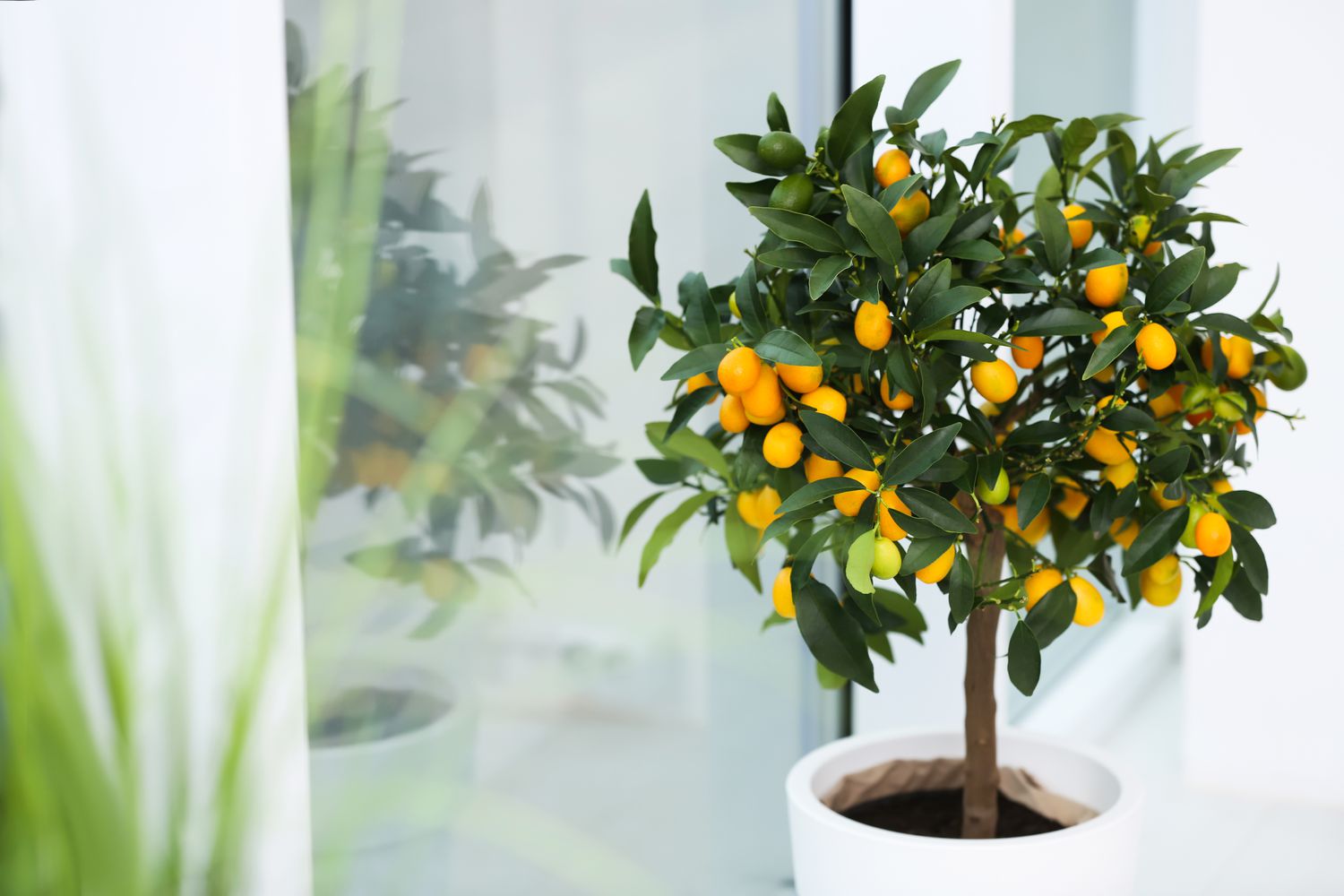

Ideas and Tips
Indoor Citrus Tree Care: Grow Your Own Fruit at Home
Published: September 2, 2024
Learn how to grow citrus trees indoors with our comprehensive guide. Enjoy fresh lemons, limes, and oranges at home with proper care and environment.
(Many of the links in this article redirect to a specific reviewed product. Your purchase of these products through affiliate links helps to generate commission for Storables.com, at no extra cost. Learn more)
Growing your own citrus trees indoors can be a rewarding and delicious experience, especially if you live in an area with limited outdoor growing seasons. With the right care and attention, you can enjoy fresh lemons, limes, and oranges right in your home. In this article, we will guide you through the process of choosing the right citrus tree, preparing the perfect environment, and providing the necessary care to ensure your tree thrives.
Choosing the Right Citrus Tree
When selecting a citrus tree for indoor growing, it is crucial to choose a variety that is well-suited for indoor conditions. Here are some popular and easy-to-grow varieties:
- Calamondin Oranges: These are one of the easiest citrus trees to grow indoors. They produce small, sour fruits that are great for cooking and can be used in place of lemons in many recipes.
- Meyer Lemons: Known for their sweet and tender skin, Meyer lemons are a popular choice for indoor growing. They produce medium-sized lemons that are perfect for eating fresh or using in cooking.
- Kaffir Limes: These trees are known for their aromatic leaves and small, green limes. They are relatively easy to care for and can thrive in indoor conditions.
- Dwarf Citrus: Many dwarf citrus varieties are specifically bred for indoor growing. These trees are compact and produce fruit quickly, making them ideal for indoor cultivation.
Preparing Your Environment
Before bringing your citrus tree home, ensure that your environment is conducive to its growth. Here are some key considerations:
- Lighting: Citrus trees require a lot of light to thrive. Ideally, they need at least 8-12 hours of direct sunlight per day. If this is not possible, supplement with grow lights, especially during the winter months when natural light is scarce.
- Temperature: Citrus trees prefer temperatures between 65°F (18°C) and 70°F (21°C) during the day and between 55°F (13°C) and 60°F (15°C) at night. Avoid placing your tree near drafts or extreme temperature fluctuations.
- Humidity: Most homes have dry air, especially in the wintertime. To combat this, consider investing in a humidifier to maintain a humidity level between 40% and 60%.
- Pests: Regularly check your tree for pests like spider mites, mealybugs, and scale. Use insecticidal soap or horticulturist oil to treat any infestations.
Planting Your Citrus Tree
Once you have chosen your tree and prepared your environment, it's time to plant it. Here are some steps to follow:
- Pot Selection: Choose a pot with good drainage holes in the bottom. A container that is only slightly larger than the original one will help prevent the tree from focusing its energy on developing roots instead of producing fruit.
- Soil: Use well-drained soil with plenty of organic matter. You can add sand to regular potting mix or use soil designed for cacti or succulents.
- Planting: Fill the soil up to the line on the trunk where the original dirt ended. Leave enough space at the top of the pot to water thoroughly without washing over the top.
- Watering: Water your tree well after planting and place it in bright, direct light. Check the soil moisture regularly by sticking your finger or a wooden skewer five inches into the pot. If it comes out free of moisture, it's time to water.
Ongoing Care
To keep your citrus tree healthy and productive, follow these ongoing care tips:
- Watering: Keep the soil on the dry side of moist but not soaked. Water until it comes out the bottom into the tray, then leave the water in the tray for 12 hours before emptying any excess.
- Fertilizing: Citrus trees are heavy feeders and require regular fertilization. Use a multipurpose fertilizer containing manganese, iron, and zinc once a month during spring and summer. Cut back to feeding every six weeks in fall and winter.
- Pruning: Prune your tree regularly to maintain its shape and promote fruiting. Remove any dead or damaged leaves or branches.
- Pollination: Citrus trees often produce multiple blossoms, but not all will produce fruit. Aid pollination by gently brushing the stamens of an open blossom with a soft paintbrush and moving from bloom to bloom.
Moving Your Citrus Tree Outside
If you live in an area with mild winters, you can move your citrus tree outside during the summer months. Here’s how to acclimate it:
- Gradual Transition: Start by placing your tree in a shaded spot for an hour or two for a few days. Gradually increase the sunlight exposure over time.
- Scouting for Pests: Before moving your tree outside, check for any insects that might have infested it. This will prevent spreading pests to other houseplants.
Common Challenges
Growing citrus trees indoors can come with some challenges. Here are some common issues and their solutions:
- Pests: Regularly inspect your tree for signs of pests like spider mites, mealybugs, and scale. Use insecticidal soap or horticulturist oil to treat any infestations.
- Overwatering: Avoid overwatering, which can lead to root rot. Check the soil moisture regularly and water only when necessary.
- Underwatering: On the other hand, citrus trees don’t like their soil to dry out completely. Use a moisture meter to ensure the soil is consistently moist but not soaked.
Conclusion
Growing your own citrus trees indoors is a rewarding experience that can provide you with fresh fruit year-round. By choosing the right variety, preparing the perfect environment, and following ongoing care tips, you can enjoy the benefits of having your own citrus orchard right in your home. Whether you're a seasoned gardener or just starting out, with the right guidance and patience, you can successfully grow and care for your indoor citrus tree.
Additional Tips
- Grafting: If you want to teach your kids about practical and real gardening, consider grafting. This process involves joining a piece of stem (scion) from one plant onto the root system of another plant (rootstock). It ensures that your tree will produce fruit sooner and can be a valuable learning experience.
- Variety Selection: While many citrus varieties can thrive indoors, some are better suited than others. For example, Calamondin oranges are great for indoor growing due to their compact size and high fruit production.
- Repotting: If your tree becomes root-bound, repot it into a slightly larger container. Loosen the roots before repotting to prevent damage.
By following these tips and guidelines, you can successfully grow and enjoy your own citrus trees indoors. Happy growing
Was this page helpful?
At Storables.com, we guarantee accurate and reliable information. Our content, validated by Expert Board Contributors, is crafted following stringent Editorial Policies. We're committed to providing you with well-researched, expert-backed insights for all your informational needs.

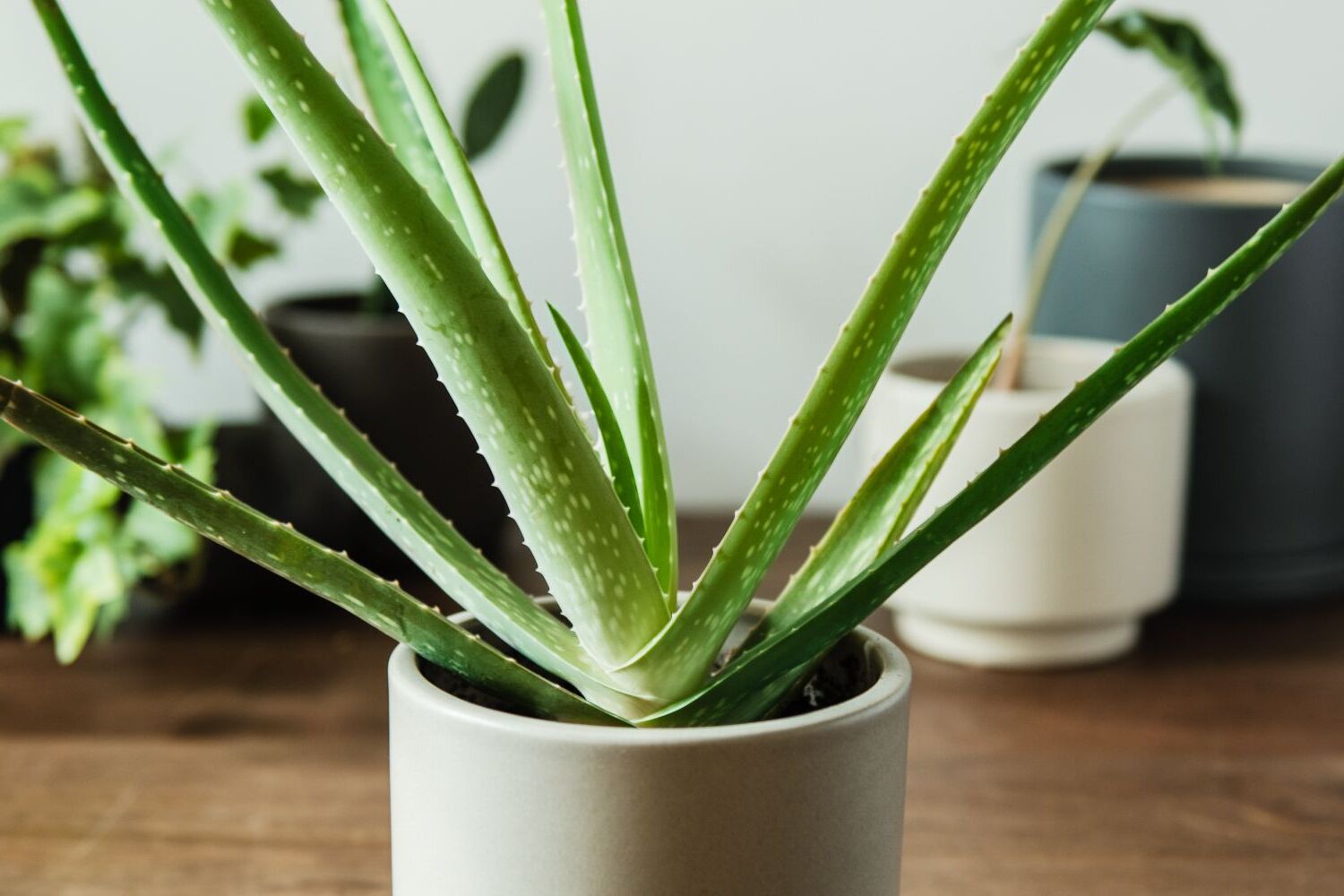
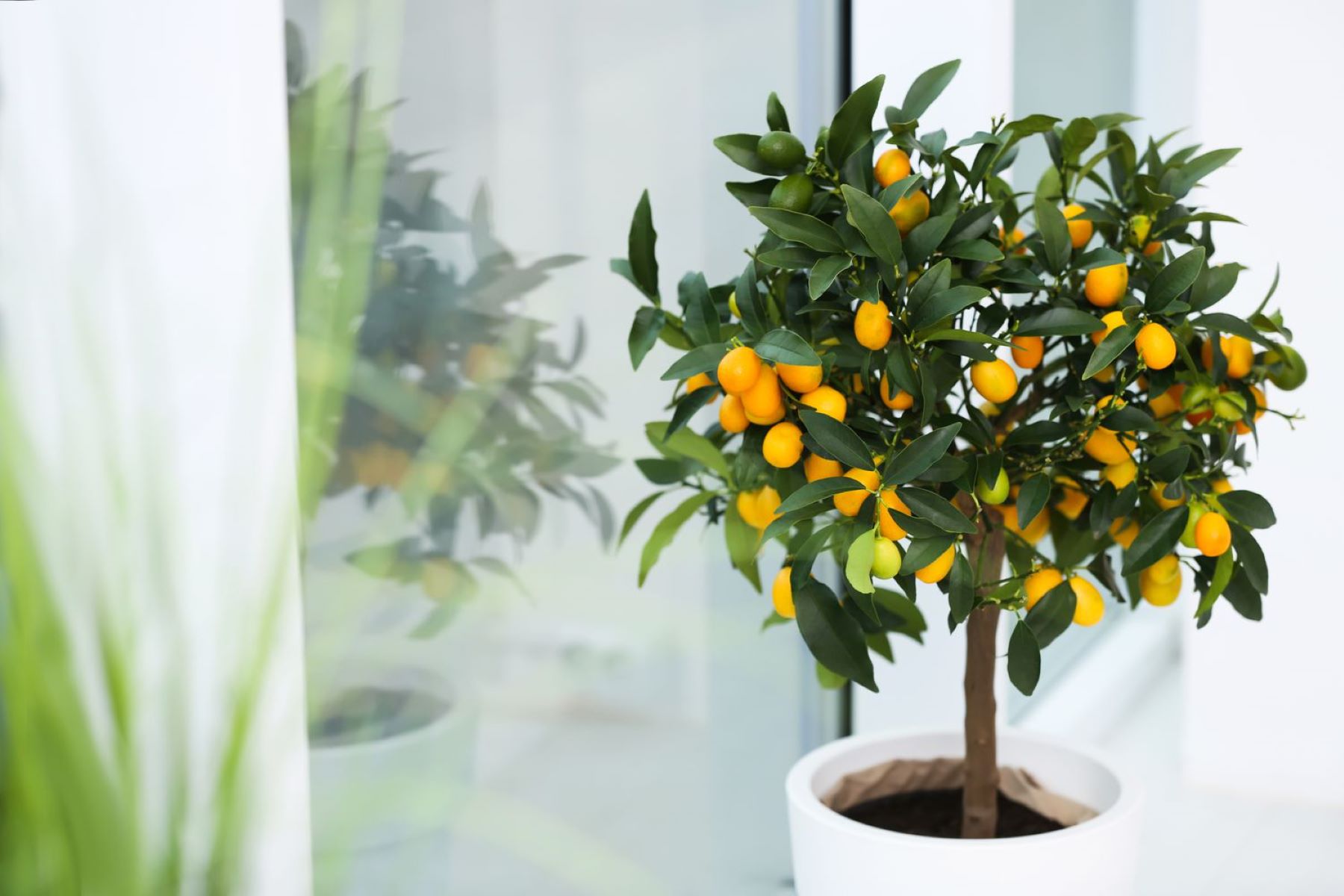
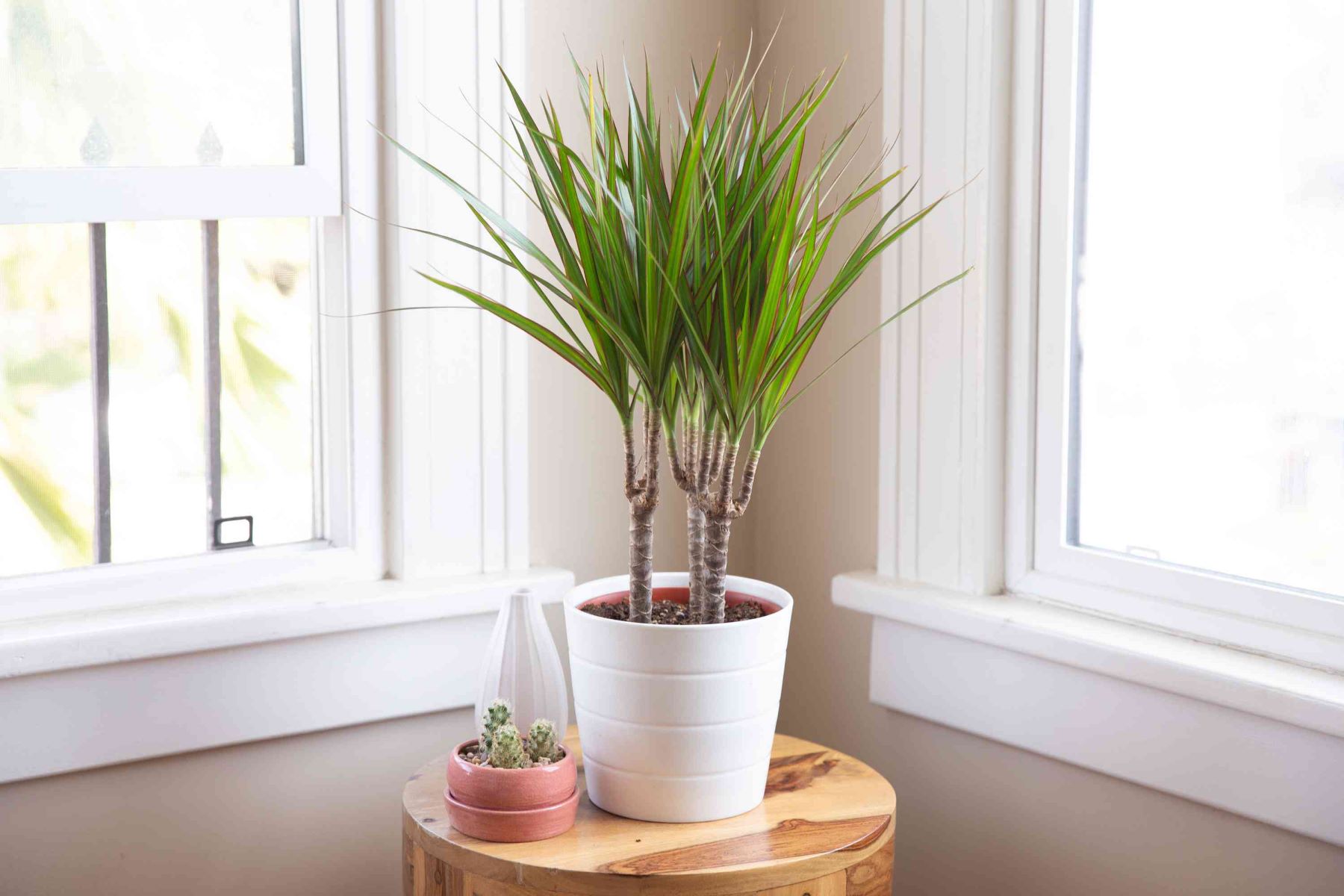
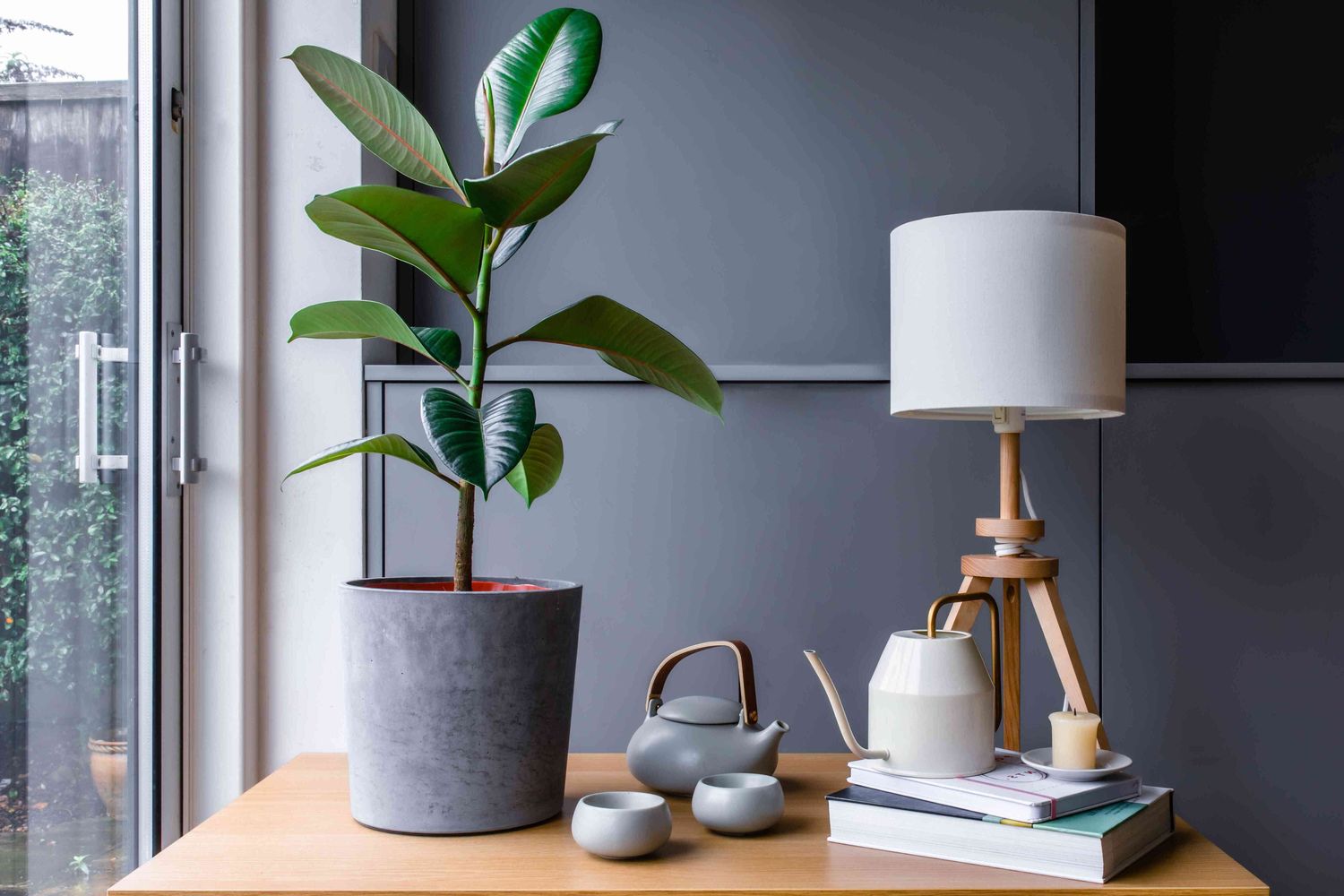
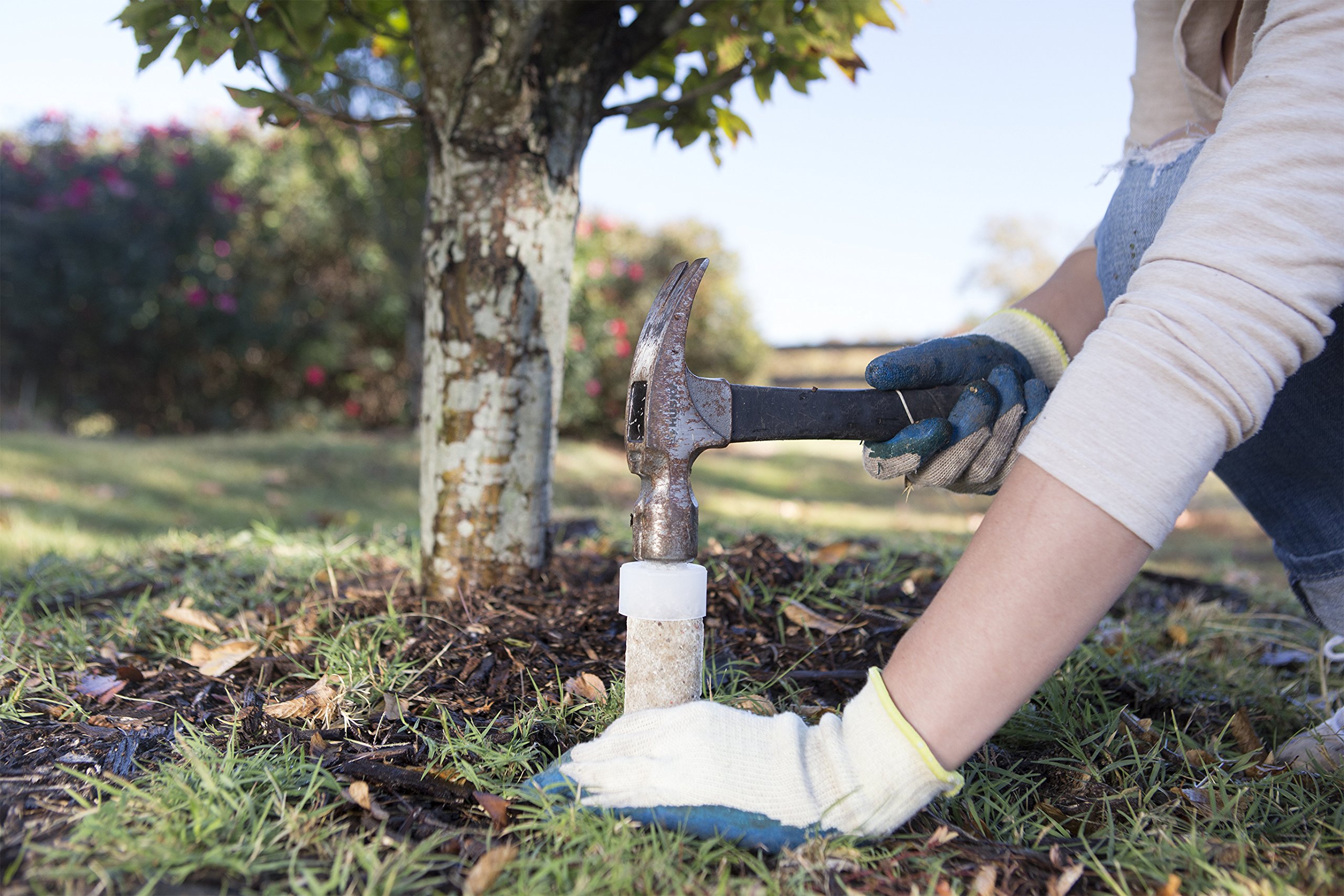
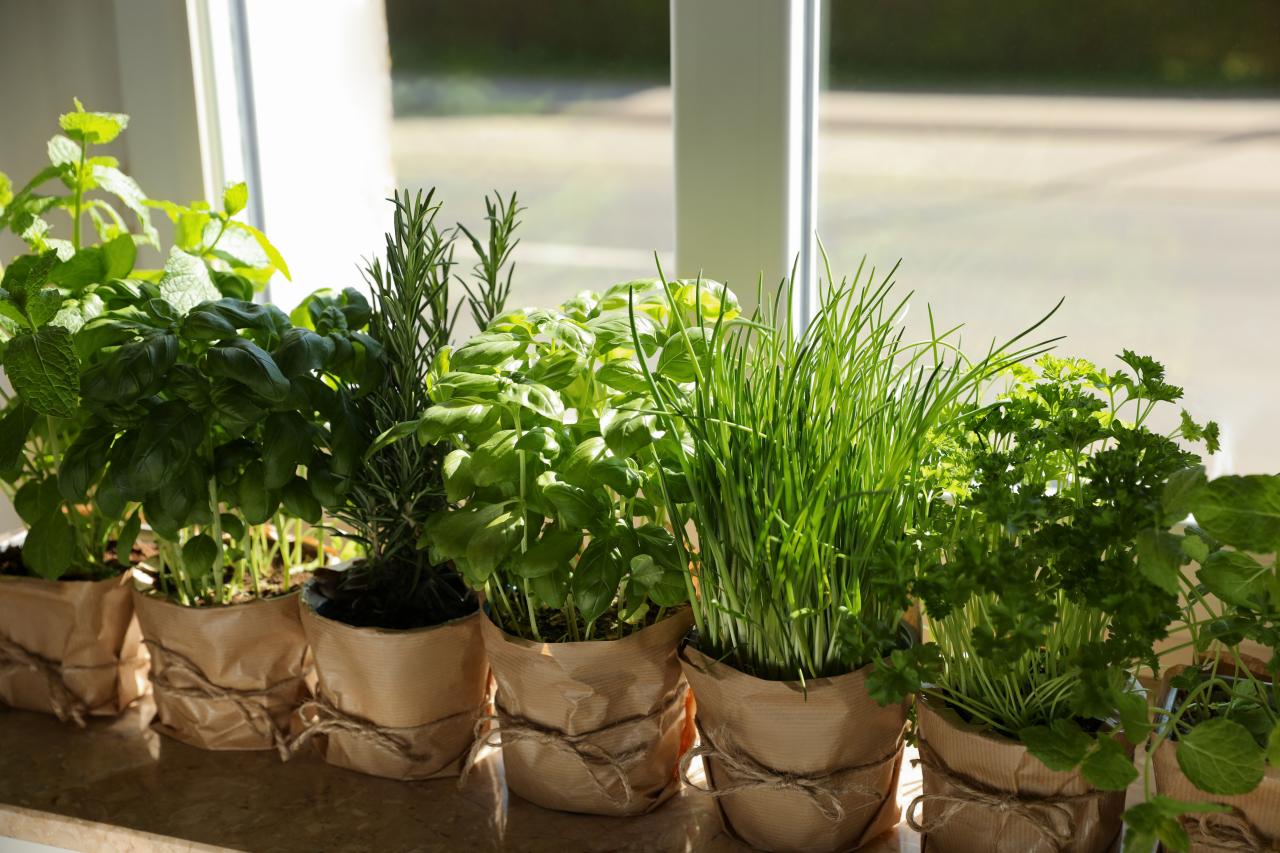

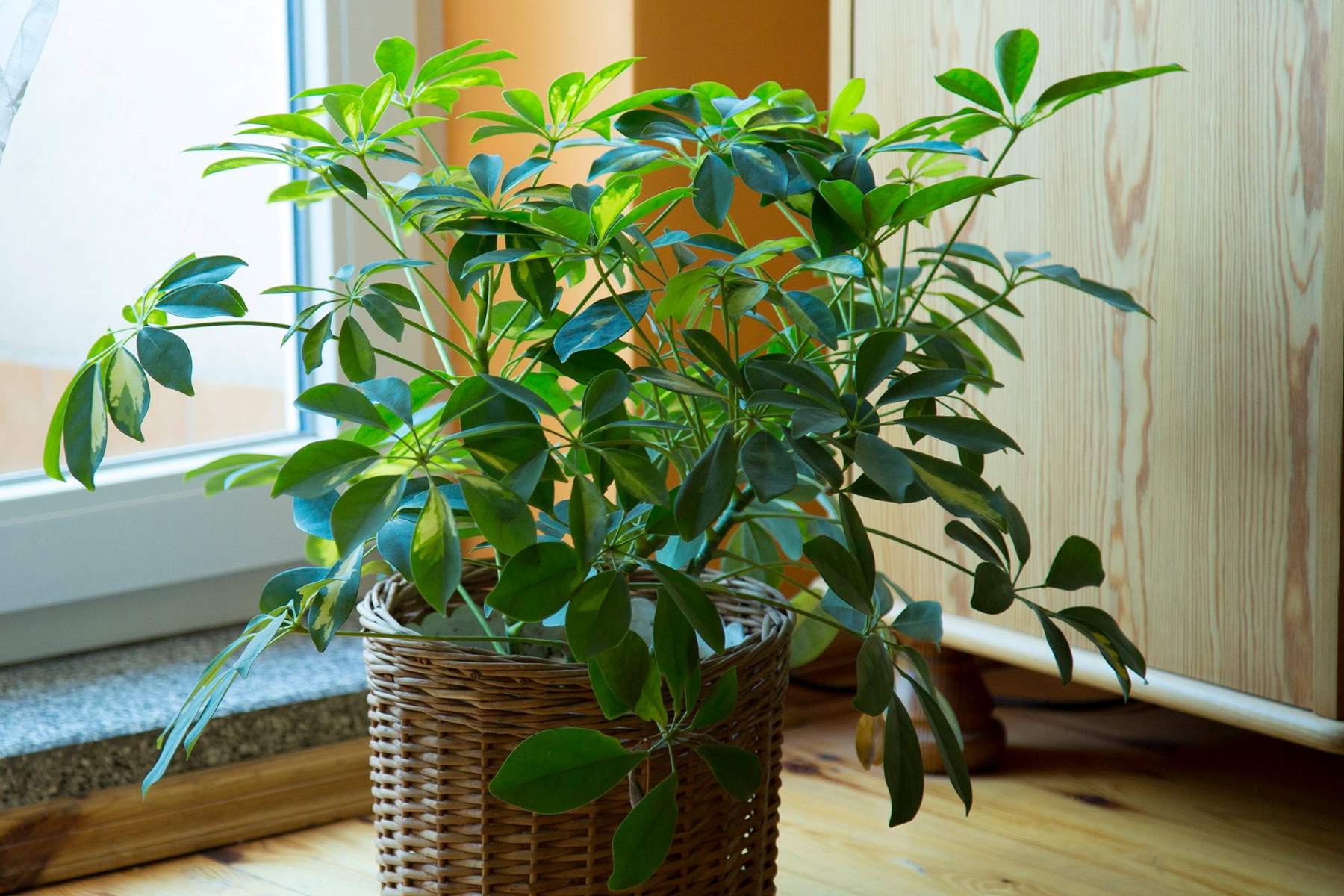
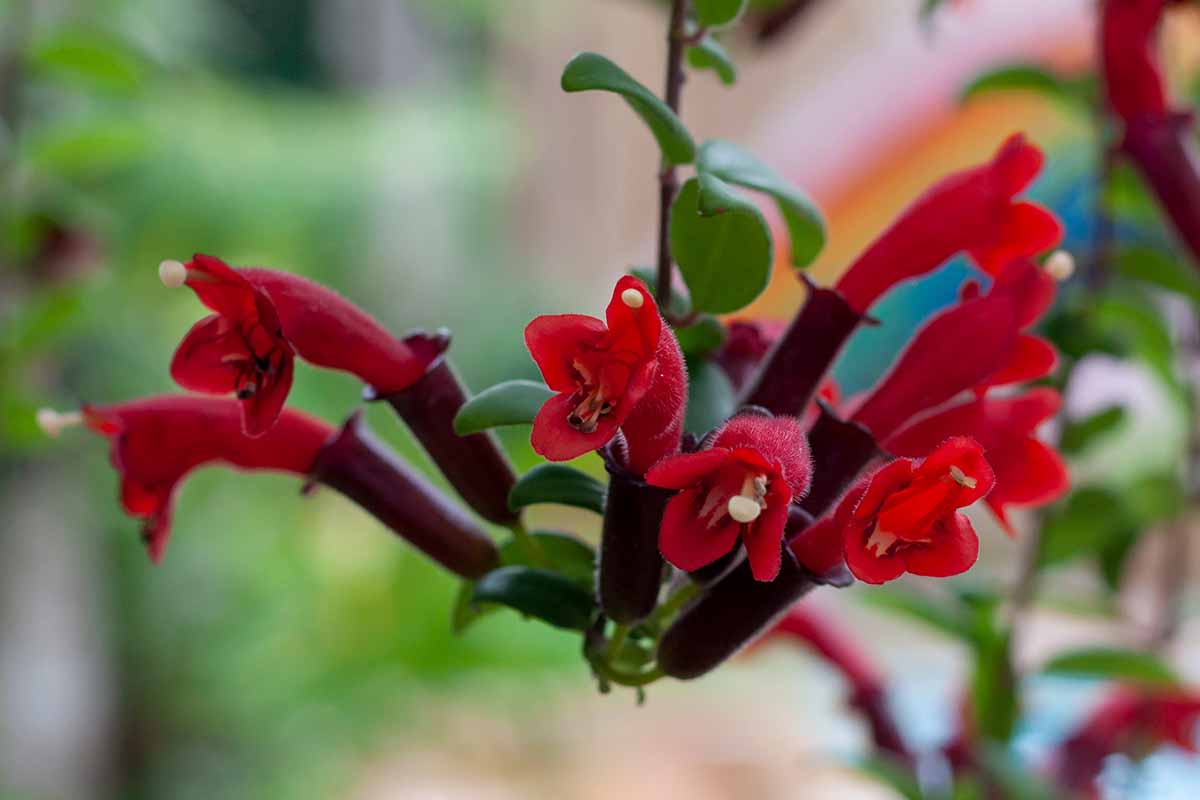
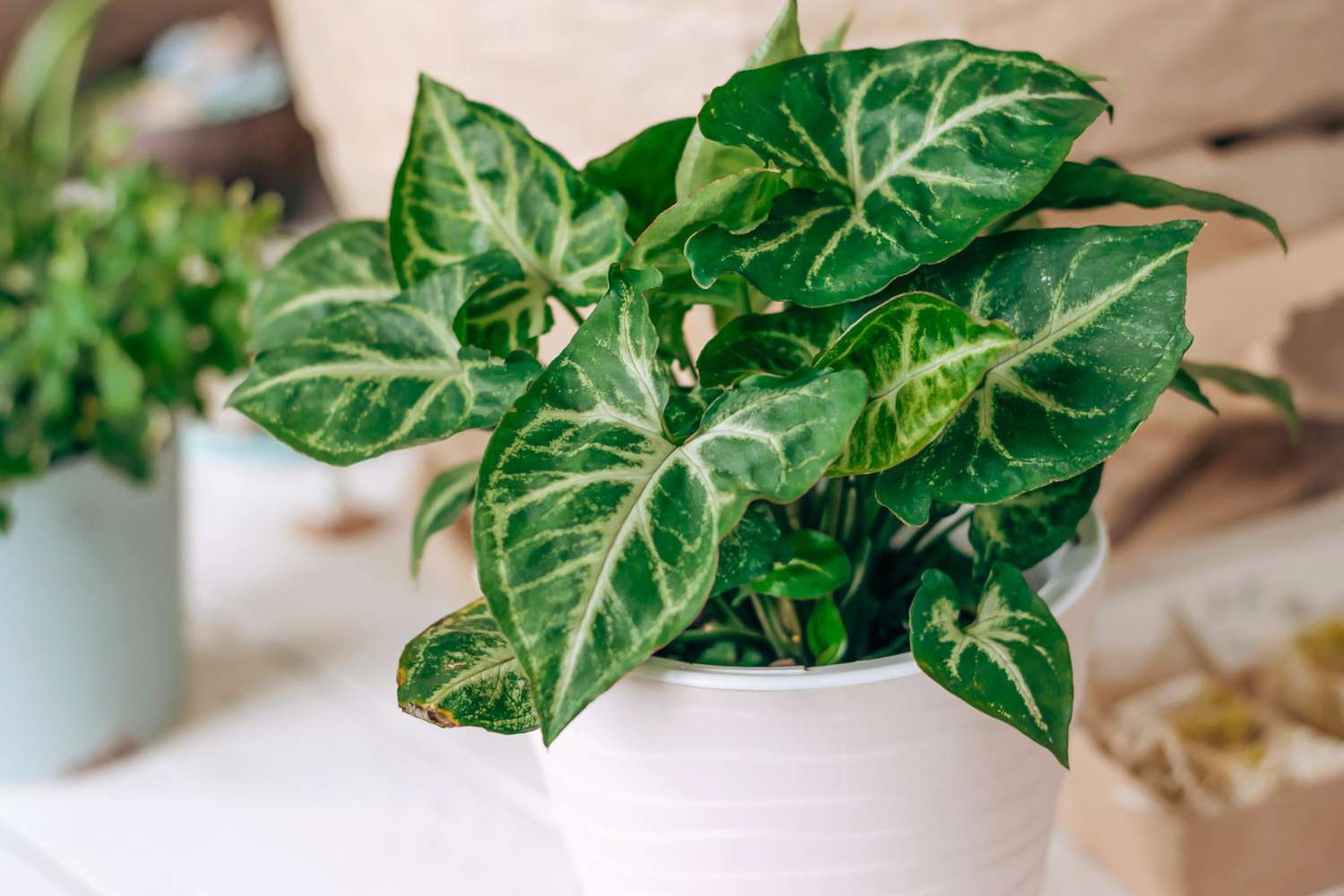
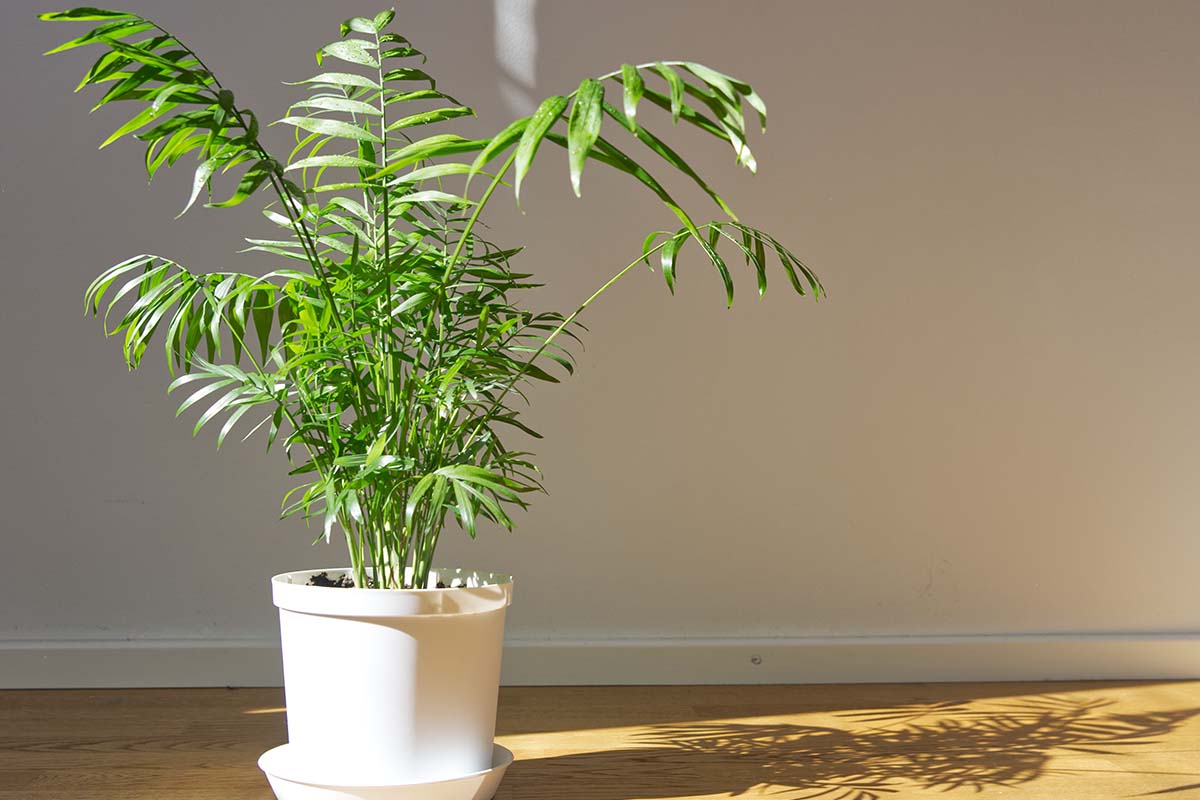
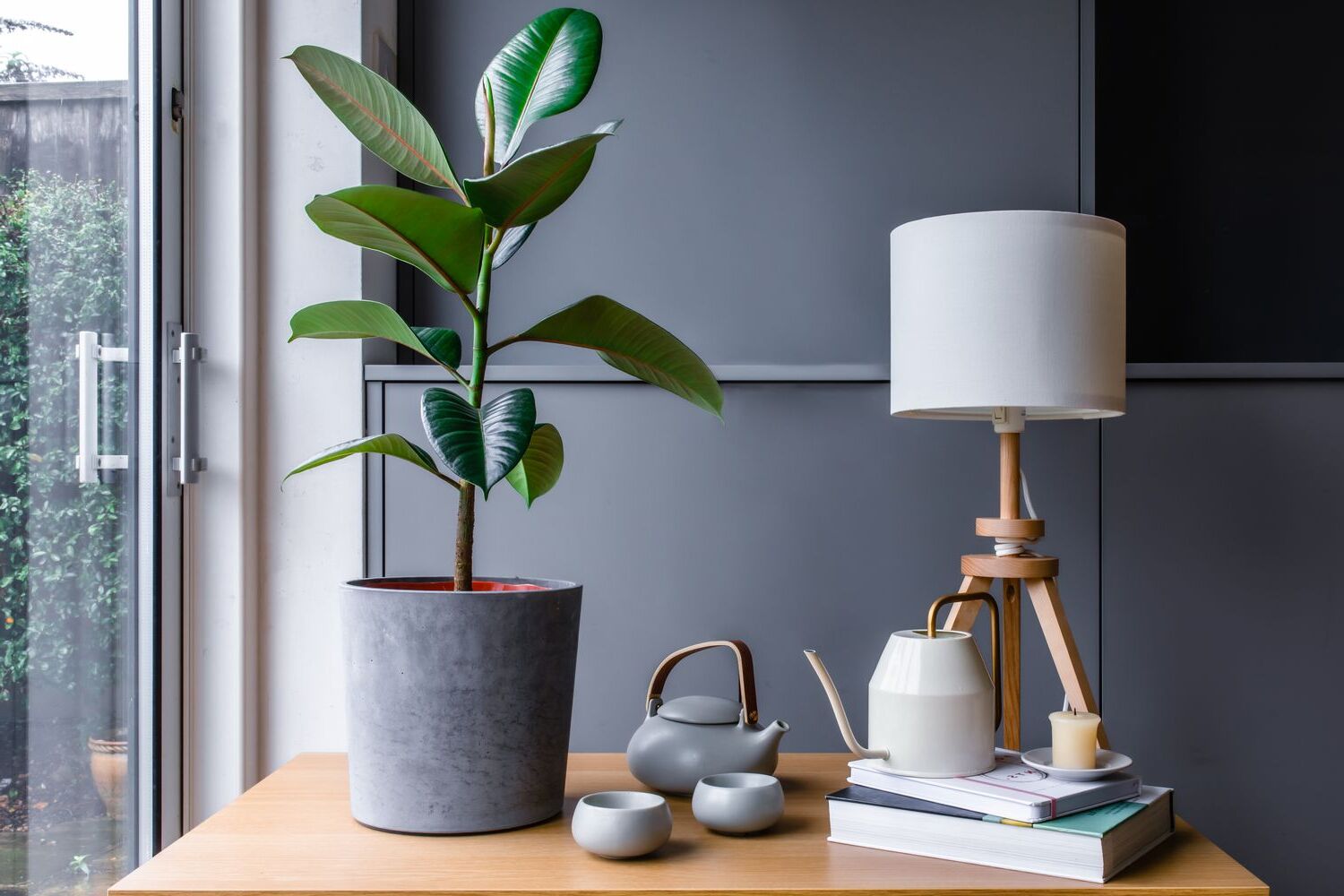
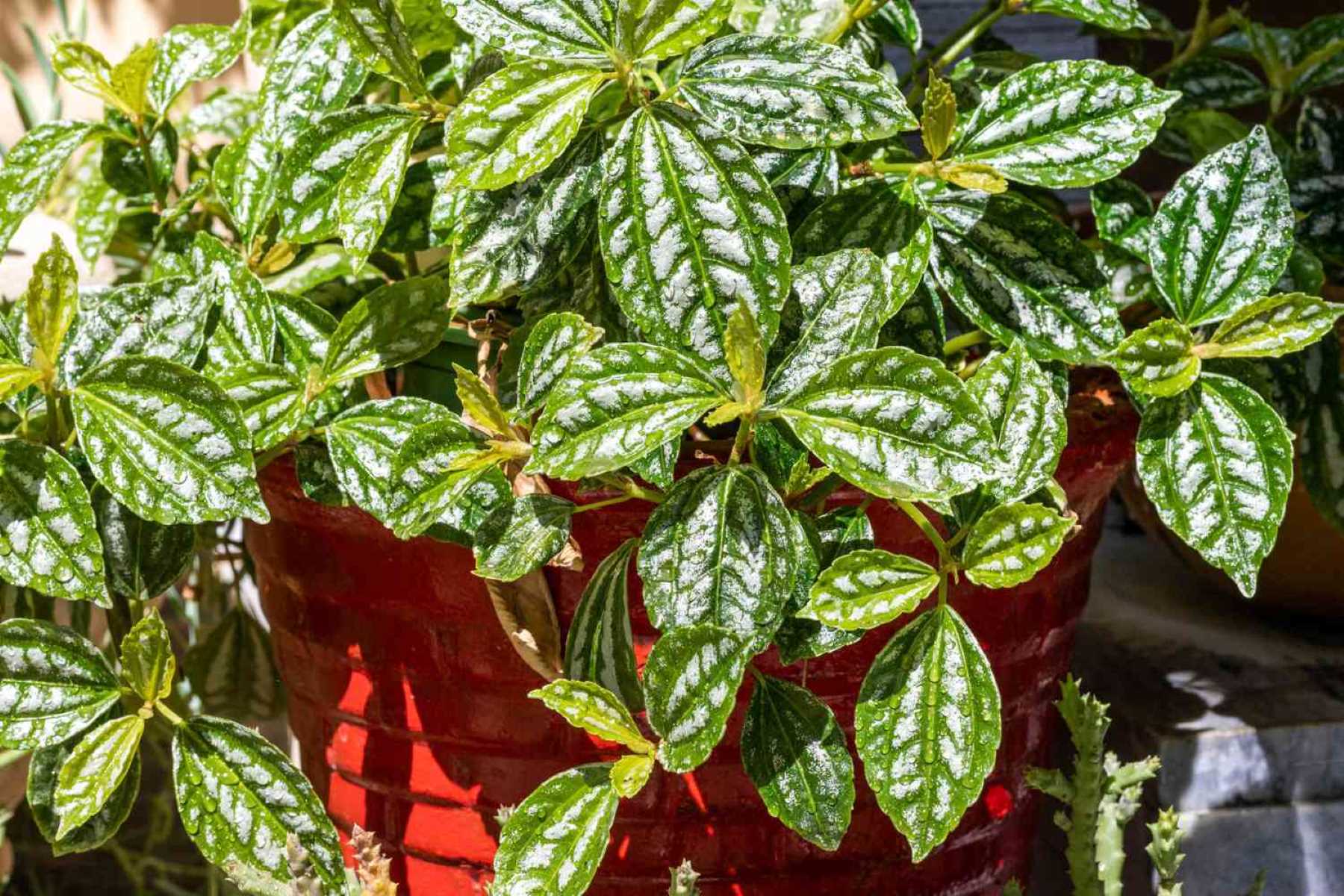

0 thoughts on “Indoor Citrus Tree Care: Grow Your Own Fruit at Home”